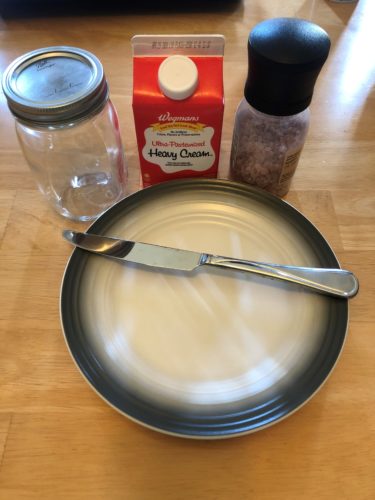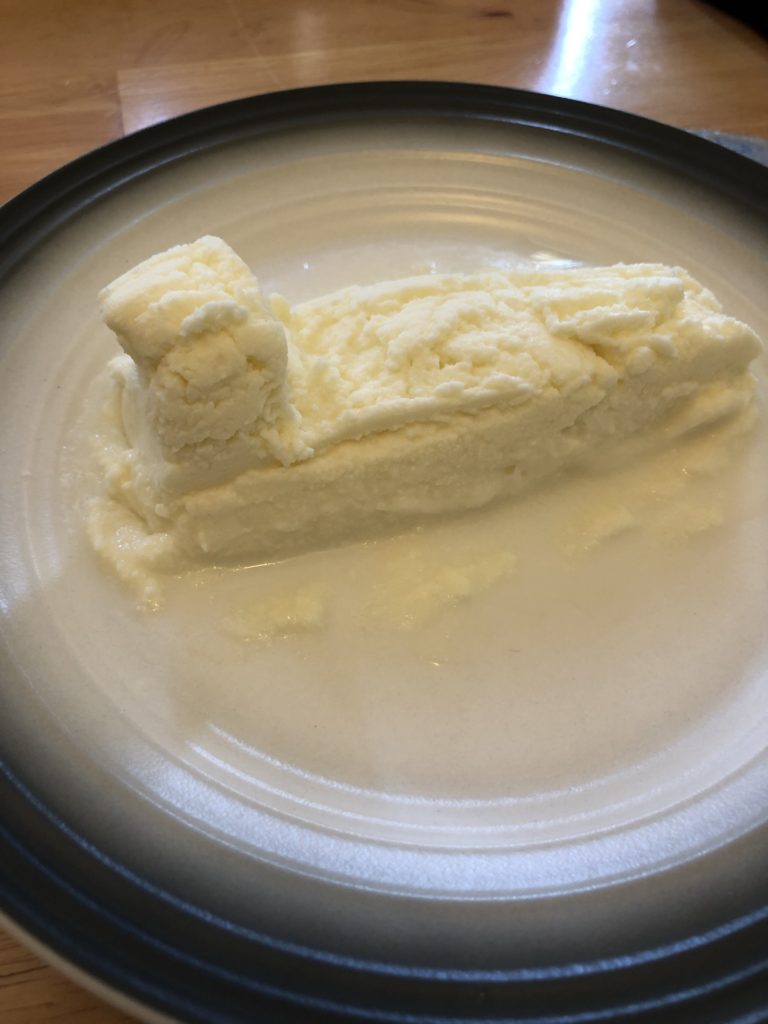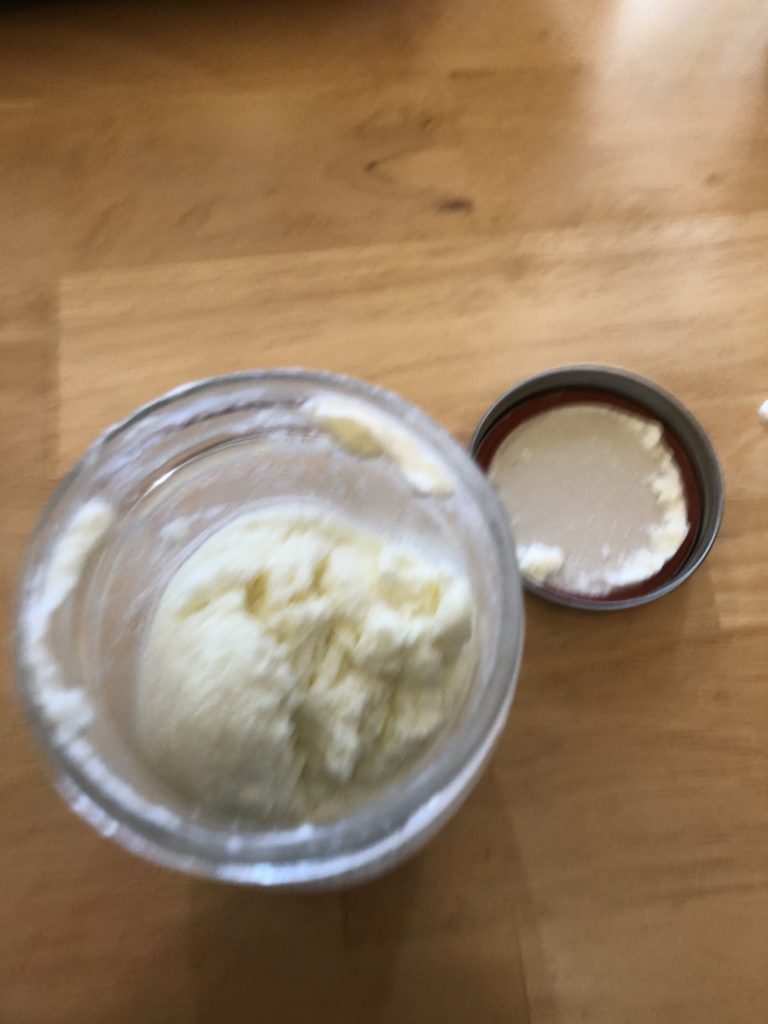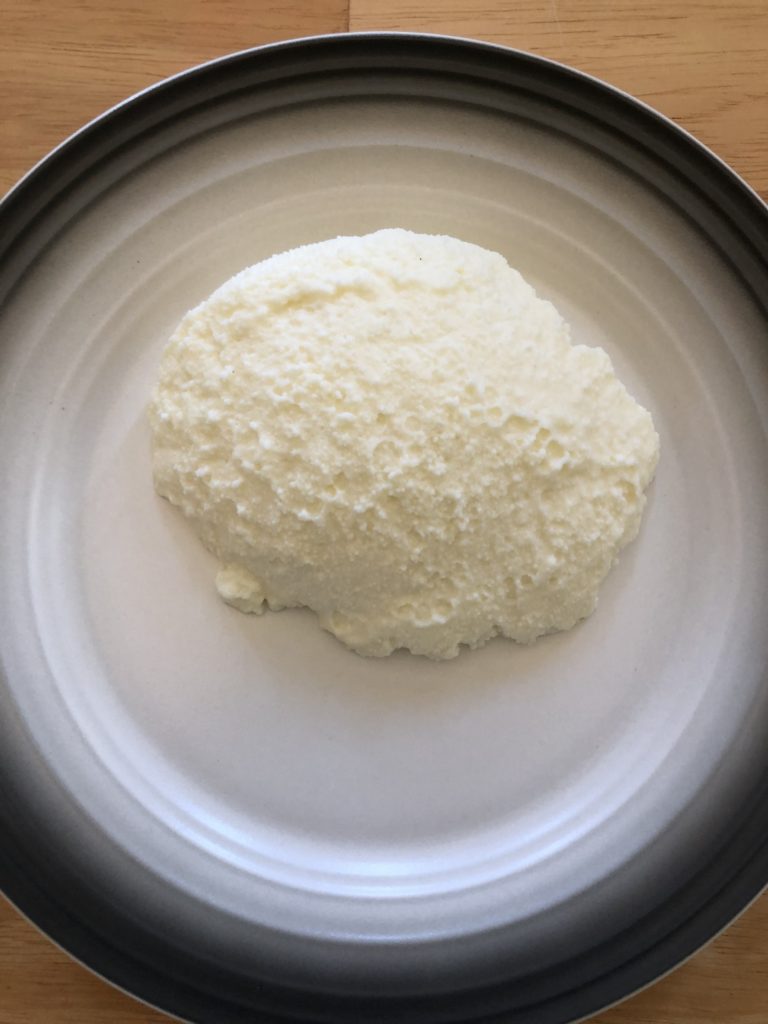supported by the peter c. cornell trust
Written by Julia Bozer, Cultural Program Educator and Amelia Schrader, Senior Manager of Learning and Education
Materials:
Glass Jar with lid (can also use freezer safe zip lock bag but the process will take longer)
Heaving Whipping Cream
Sea Salt
Plate
Butter knife, craft stick or other child safe “carving” utensil
Images of Butter Lambs

Length:
Set up: 5 Minutes
Activity 15-45 Minutes
Academic Subject(s):
Science, Physical Health and Well-being
This lesson supports the following NYS Curriculum Standards:
SCI: P-PS1-1, K-PS1-1, 2-PS1-1
Physical Education Standard 1: Personal Health and Fitness
We all have our favorite Easter or spring time tradition. For many of us it is getting a butter lamb at the Broadway Market. Through this activity you will learn more about the history of the butter lamb and how to make your very own!

The butter lamb (or Baranek wielkanocny, in Polish) is a butter sculpture made during the Easter holiday for use at the Easter Sunday meal in many European Catholic countries, including Poland, Russia, Slovenia, and the Ukraine. It has become an important tradition among Polish-Americans in Buffalo, as well. The lamb is a prominent symbol in Christianity, standing for Jesus’s sacrifice at the crucifixion; the use of red in decorating the lamb (such as the red ribbon around its neck and the red banner it carries) represents the blood of Christ. Typically, cloves or peppercorns are used to make the lamb’s eyes, and the banner on its back – reading, “Alleluia” – is attached with a toothpick.
Clean hands are important for this project, so make sure you start by washing your hands with warm soapy water for at least 20 seconds before starting. You will want to repeat hand washing again after shaking your cream into butter and sculpting your lamb.
Directions:
Step 1: Make sure you glass jar and lid are clean and dry.
Step 2: Pour the heavy cream into the jar. The total amount you pour in will depend on the size of your jar. We recommend starting with a smaller amount. The more cream you add the longer step 3 will take.
Step 3: Seal the lid on the jar and SHAKE, SHAKE, SHAKE! This step can take 10 minutes or more for your butter to form. This is a great way to shake out some of your sillies and expel some pent up energy! After about 8 minutes you will notice the cream will begin to change color and small butter chunks will start to form. Keep shaking! This process of shaking the cream is called agitating.
You can turn this step into a game! Who can shake the jar the longest? Can you roll it back and forth on across a clean table to keep the cream agitated? Can you shake the jar to the beat of your favorite song? The possibilities are endless as long as you use your imagination!
Step 4: Once all of your cream has become butter you can carefully pour it out onto your clean plate and begin sculpting your own butter lamb! If there is still some liquid in your jar, you may want to strain the butter first using a fine mesh strainer then place it on your plate for sculpting. You can also place it in the fridge for a few minutes to have the butter harden before sculpting. Have your grown-up help find images of butter lambs on the internet as inspiration! This interactive lesson helps your child develop fine and gross motor skills while teaching a little science and social studies. We hope you have as much fun making your butter lamb as we did!
Vocabulary Words
Heavy Cream: A dairy product that contains at least 36% milk fat. It is the thick part of the milk that tends to rise to the top. Whole milk only contains a minimum of 3.25% milk fat. That’s a HUGE difference!
Butter Lamb: The butter lamb (or Baranek wielkanocny, in Polish) is a butter sculpture made during the Easter holiday for use at the Easter Sunday meal in many European Catholic countries, including Poland, Russia, Slovenia, and the Ukraine.
Agitate: To stir up. In the case of making butter, you agitate the cream so that the fat molecules clump together. Enough agitation makes butter form. Solid: A substance that is firm and stable in shape. It does not flow freely like water. Examples include: the table, toys, chairs etc.
Liquid: A substance that flows freely but remains consistent in volume. Examples include: water, oil or milk.



